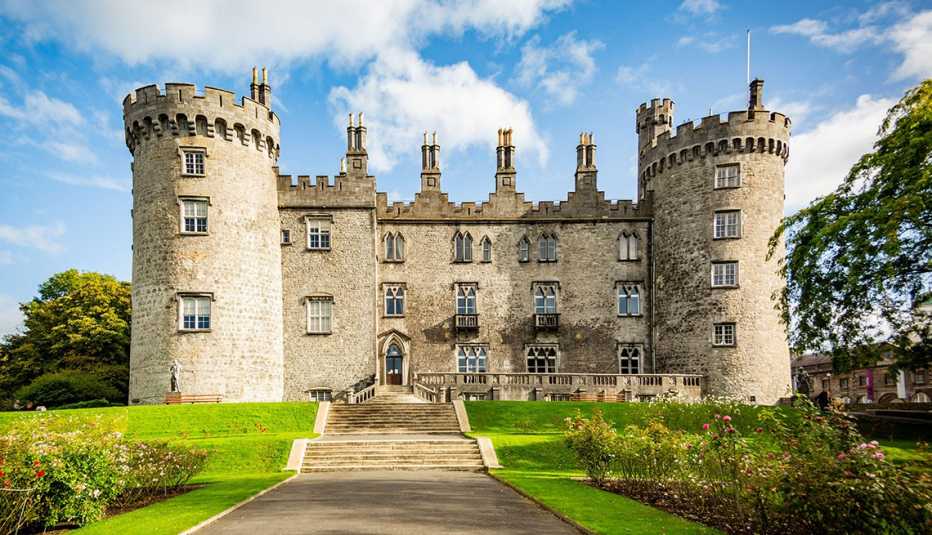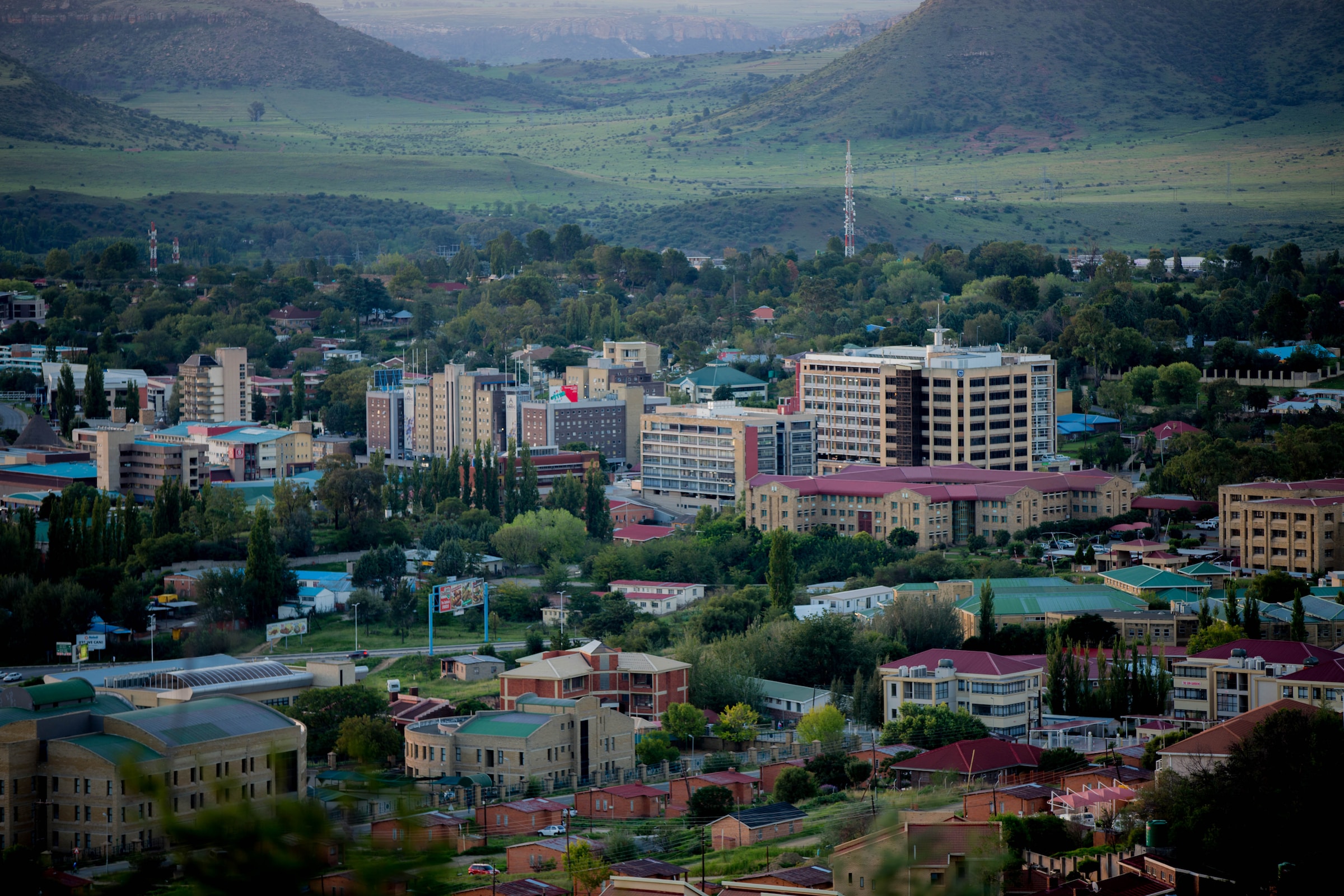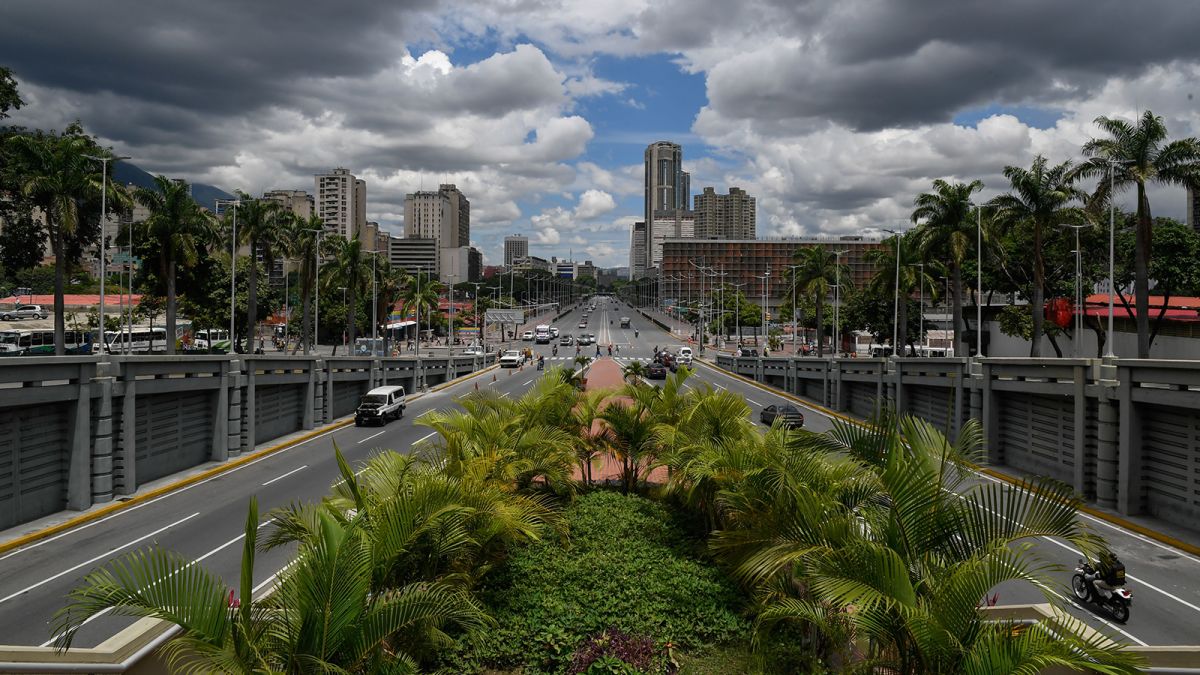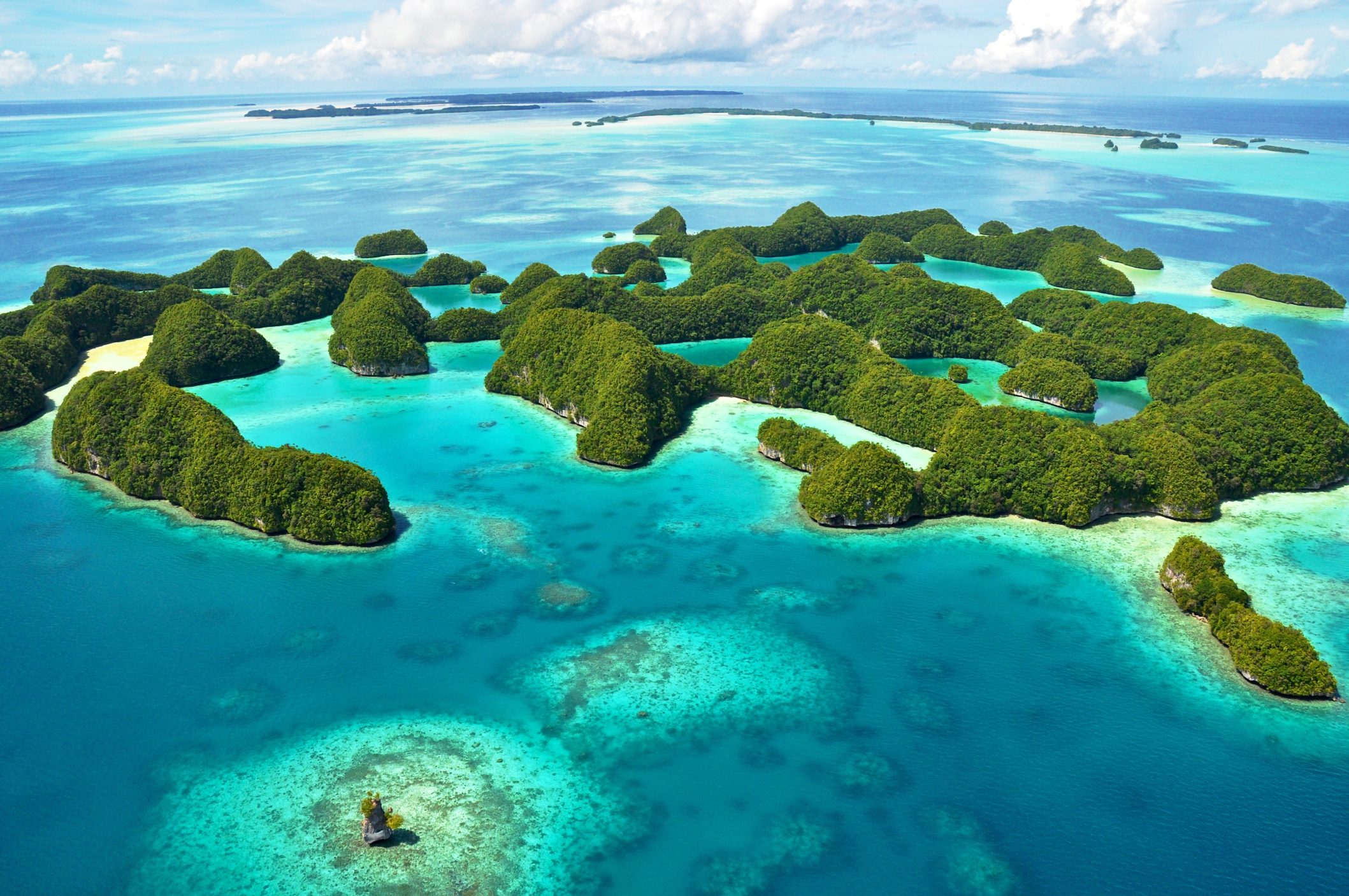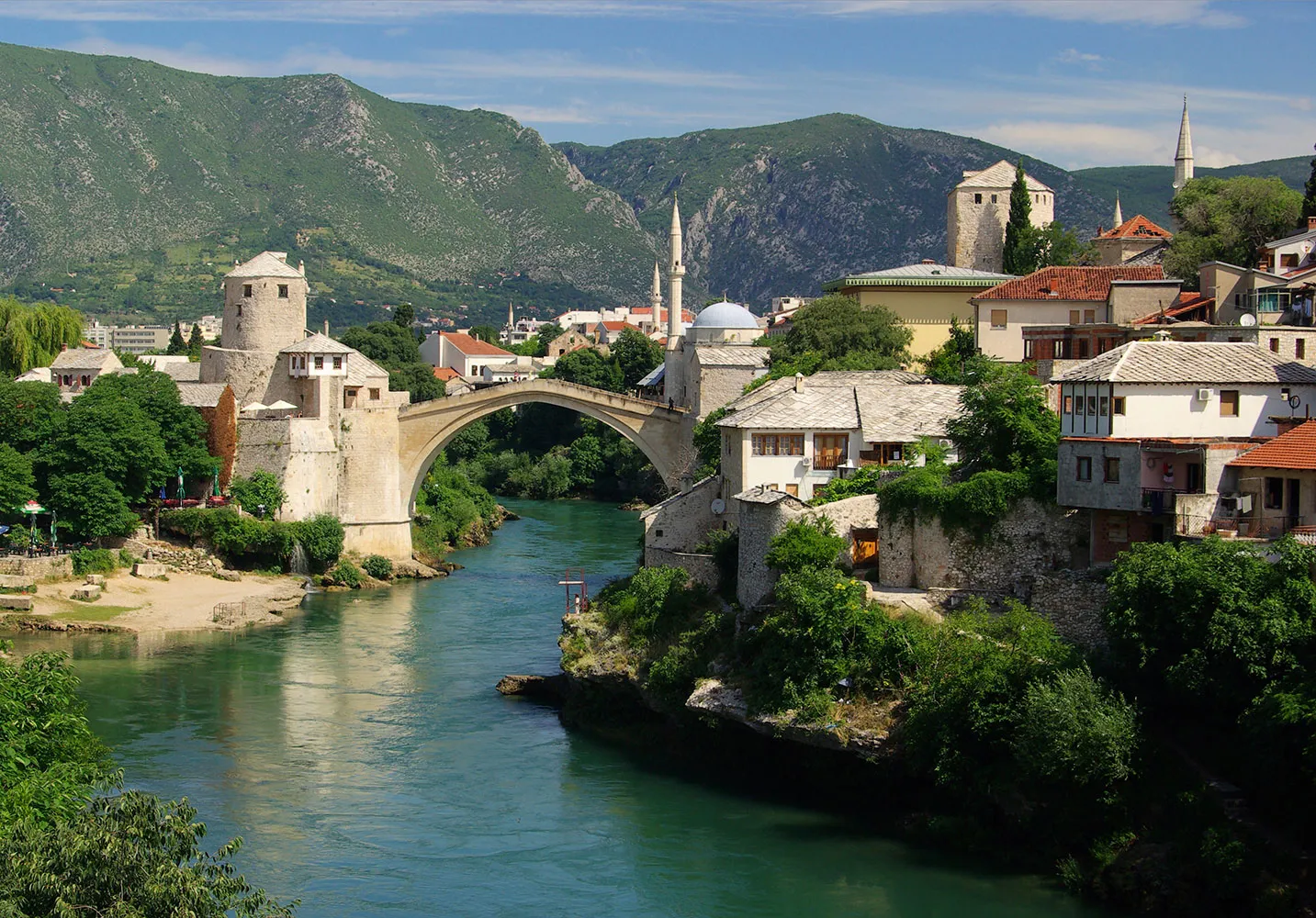Ireland, known as the Emerald Isle, is a country that enchants visitors with its breathtaking landscapes, rich history, and vibrant culture. From dramatic coastlines to rolling green hills, from ancient castles to lively pubs, Ireland offers an unforgettable experience for every traveler. Whether you’re drawn to its literary heritage, musical traditions, or the warmth of its people, Ireland is a destination that promises charm and wonder at every turn. Here’s why you should visit Ireland, along with some fascinating facts and an underrated gem to explore.
Natural Beauty That Captivates
Ireland is renowned for its stunning natural scenery, which has inspired countless poets, writers, and filmmakers. The country’s landscapes are as diverse as they are beautiful, making it a paradise for nature lovers and photographers alike.
- The Cliffs of Moher: One of Ireland’s most iconic attractions, these towering cliffs offer panoramic views of the Atlantic Ocean. On clear days, you can see the Aran Islands and Galway Bay in the distance.
- The Wild Atlantic Way: Stretching over 2,500 kilometers along Ireland’s western coast, this scenic route is perfect for road trips. It features dramatic cliffs, quaint villages, and windswept beaches.
- The Ring of Kerry: This circular drive through County Kerry showcases some of Ireland’s most breathtaking landscapes, including mountains, lakes, and coastal views.
Ireland’s landscapes are not just beautiful but also imbued with history and folklore. Many natural landmarks are associated with ancient myths and legends, adding an extra layer of intrigue to your explorations.
Rich History and Culture
Ireland’s history stretches back thousands of years, leaving behind a treasure trove of historical sites and cultural landmarks.
- Ancient Sites: Ireland is home to some of the world’s oldest monuments. Newgrange, a prehistoric passage tomb in County Meath, is older than the Egyptian pyramids and aligns with the winter solstice. The Rock of Cashel, a medieval site in County Tipperary, is another must-see.
- Castles: Ireland is dotted with castles, from the imposing Blarney Castle, where you can kiss the famous Blarney Stone, to the haunting ruins of Dunluce Castle, perched on a cliff in County Antrim.
- Dublin’s Literary Legacy: Ireland has produced some of the greatest writers in history, including James Joyce, W.B. Yeats, and Oscar Wilde. In Dublin, a UNESCO City of Literature, you can visit literary landmarks like the Dublin Writers Museum and the Book of Kells at Trinity College.
Ireland’s culture is deeply rooted in its Celtic heritage, which you can experience through traditional music, dance, and festivals. The St. Patrick’s Day celebrations in March are a highlight, with parades and events held across the country.
An Underrated Gem: The Burren
While the Cliffs of Moher often steal the spotlight, the nearby Burren in County Clare is an underrated destination that deserves attention. This unique karst landscape, characterized by limestone pavements crisscrossed with cracks and crevices, is like stepping into another world.
The Burren is home to an astonishing variety of flora, including Arctic, Alpine, and Mediterranean plants that coexist in this unusual ecosystem. Visitors can explore ancient tombs, caves, and stone forts scattered throughout the area.
One of the highlights is Poulnabrone Dolmen, a striking portal tomb dating back over 5,000 years. For those interested in hiking, the Burren Way offers scenic trails that showcase the region’s geological wonders and panoramic views.
The Warmth of the Irish People
Ireland is not just a place to see; it’s a place to experience. The Irish are famously friendly and welcoming, and their love for storytelling, music, and conversation adds a special charm to any visit. Whether you’re sharing a pint of Guinness in a local pub or asking for directions, you’re likely to encounter genuine warmth and good humor.
The pub culture in Ireland is legendary. Pubs are not just places to drink; they’re community hubs where locals gather to share stories, listen to traditional music, and enjoy hearty meals. Don’t miss the opportunity to join a ceílí, a traditional Irish music and dance session, where you can experience the country’s vibrant cultural spirit firsthand.
Ireland’s Culinary Revival
Ireland’s food scene has undergone a renaissance in recent years, with a focus on fresh, locally-sourced ingredients and traditional recipes with a modern twist.
- Seafood: With its long coastline, Ireland boasts excellent seafood. Try fresh oysters, smoked salmon, or fish and chips at a seaside village.
- Irish Stew: A classic comfort dish made with lamb, potatoes, and vegetables, Irish stew is a must-try.
- Soda Bread: This simple yet delicious bread is a staple of Irish cuisine.
- Whiskey and Beer: Ireland is famous for its whiskey and stouts. Visit a distillery like the Old Jameson Distillery in Dublin or enjoy a tour of the Guinness Storehouse, where you can learn about the history of the iconic drink and enjoy a pint with a view of the city.
Farmers’ markets and food festivals are great places to sample the best of Irish cuisine.
Music and Festivals
Music is the heartbeat of Ireland, and you’ll find it everywhere—from buskers on Dublin’s Grafton Street to lively sessions in rural pubs. Traditional Irish music, featuring instruments like the fiddle, tin whistle, and bodhrán, is an integral part of the country’s identity.
Ireland also hosts a variety of festivals throughout the year:
- Galway International Arts Festival: Celebrating music, theater, and visual arts, this festival attracts artists and audiences from around the world.
- Fleadh Cheoil na hÉireann: The world’s largest traditional Irish music festival is a must for fans of folk music.
- Halloween in Derry: Ireland is the birthplace of Halloween, and the city of Derry hosts one of the biggest and most vibrant celebrations.
Practical Tips for Travelers
- Getting There: Ireland is well-connected to major cities worldwide via Dublin and Shannon airports. Ferry services are also available from the UK and France.
- Currency: The Euro (€) is used in the Republic of Ireland, while Northern Ireland uses the British Pound (£).
- Language: English is widely spoken, but you’ll also see Irish (Gaeilge) on signs and hear it in some regions.
- Best Time to Visit: Ireland’s mild climate makes it a year-round destination, but spring and autumn offer fewer crowds and vibrant landscapes.
Why Ireland Should Be on Your Travel List
Ireland is a land of contrasts, where ancient traditions meet modern vibrancy and where natural beauty is matched by the warmth of its people. Whether you’re exploring the rugged Wild Atlantic Way, delving into the country’s rich history, or simply enjoying a pint of Guinness in a cozy pub, Ireland offers experiences that are as unforgettable as they are unique.
And beyond the well-known attractions, places like the Burren remind us that Ireland is full of hidden treasures waiting to be discovered. So pack your bags and prepare for an adventure in a land that feels both timeless and alive.
Plan your visit to Ireland and let its magic leave a lasting impression on your heart!


